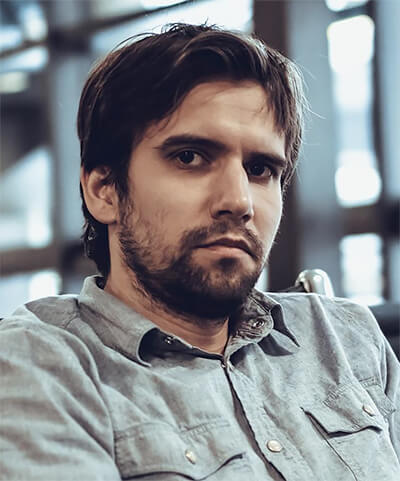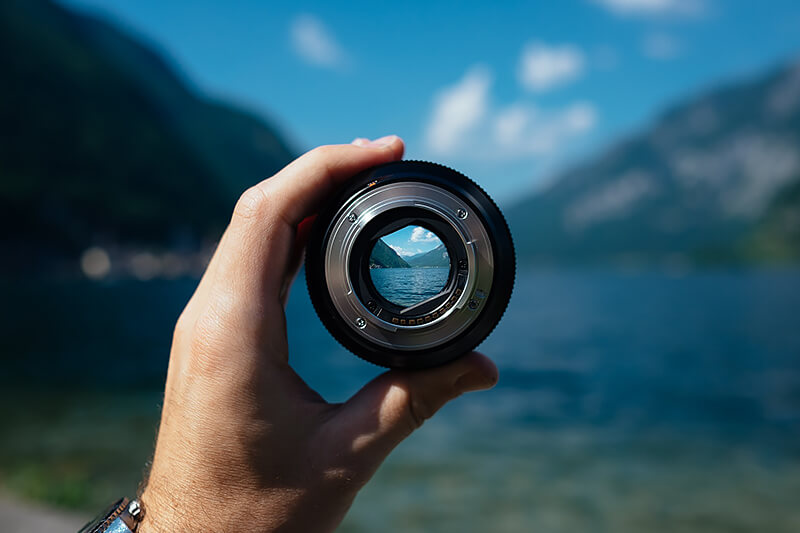What is exposure, anyway? To put it simply, exposure is a term that refers to the amount of light that your camera sensor lets in. High exposure means that more light enters the sensor and the picture is brighter. Low exposure results in a darker picture, due to a lack of light.
As you probably know, light can greatly impact the composition and the quality of the picture. Even for seasoned photographers, it's hard to set the exposure perfectly. To aid you in your journey in the world of photography, we've decided to aid you in perfecting that exposure setting.
What does it come to?
Exposure is an obstacle that even the most experienced photographers face on a daily basis, tell us Gareth Young, a professional photographer and tech-specialized writer for
Essay On Time. Even the most prominent photography courses strangely omit it from the first few lessons. Through my experience, learning how to shoot goes much smoother if you are taught how to set the exposure perfectly.
Like Mr. Young stated, exposure is indeed a paramount part of the theory and praxis of photography. Fortunately, you can learn it easily at any time and make up for missing it initially. So, what influences exposure settings?
● Shutter speed. Fractions are used to measure shutter speed. The bigger the denominator (the second part of the fraction, behind the slash), the greater the shutter speed is. Setting the exposure perfectly relies on which end of the spectrum your shutter speed is. For example - 1/200 means less light, a darker image, and overall crisper motion. A 1/10 speed means more light, resulting in blurrier motion, but a brighter image.
● Aperture. To control how much light enters the sensor, you must set your aperture. By definition, aperture is the size of the opening that leads to the sensor. Unlike shutter speed, aperture is measured by focal length (f/x). The denominator plays a key role here as well. An f/11 aperture means that there is less light entering the sensor because the hole is small. You will get darker images with a higher aperture. Oppositely, a f/1.2 setting lets more light through the opening towards the sensor.
● ISO. Never forget ISO! ISO is closely related to the nature of the sensor, but we won't bore you with excess information. All you have to know is that
ISO affects the way your camera produces photos. To put it simply - the higher the ISO, the brighter your picture will be. However, increasing your ISO means your color noise is increased, which lowers the quality of the photo. Setting the ISO depends on the setting in which you're shooting in.
Now that we've analyzed all the factors that impact setting your exposure, let's go through a guide to see how it's done properly.
How do you do it?
The first thing you should do is meter the camera. If you want your image to be brighter, decrease the aperture and shutter speed, but increase the ISO.
If you want your image to be darker, then it's vice versa. Lowering the ISO and increasing the shutter speed, along with the aperture, should do the trick quite nicely.
You've probably seen that shooting in full auto mode means that your camera makes the calls. As you learn photography, you should practice shooting on full manual. By doing so, you will have much more control over the outcome of your shooting.
Simply half-pressing the shoot button will result in a beep and the setting shown. The camera will display the exact ISO, shutter, and aperture that are set. A very useful indicator is the
ELI (Exposure Level Indicator). To set your exposure perfectly, you can take up this exercise:
● Pick a specific time of day, two-three times a week.
● Select one outdoor and one indoor spot.
● Interchange the settings and produce 100 photos per spot.
● Have a notebook by your side, and record the settings to know which exposure fits you best.
The ability to set the exposure perfectly comes down to practice and the situation. Depending on the situations, there are a few conundrums what you might face.
Problems you might face when setting the exposure
● If the light is decent, but not great, you should bump your ISO up. Therefore, you won't damage the shot and will retain the light you need.
● Shooting moving people means that high shutter speed is mandatory. Setting it that way result in motion shots being devoid of blurs and remaining clear.
● When zooming, decrease the shutter speed and the ISO. Too much ISO means that the quality of the photo will be even worse.
To Conclude
To sum it up - pictures that are too bright require you to increase your shutter speed and aperture, as well as reduce your ISO. Conversely, increasing the ISO and decreasing the other two parameters will give you ideal exposure when pictures are too bright. Start off by shooting on auto mode and slowly learn the settings.
Terence Murray is a journalist and an editor from London. He loves to meet new people and talks with them about literature, photography and jazz music.


